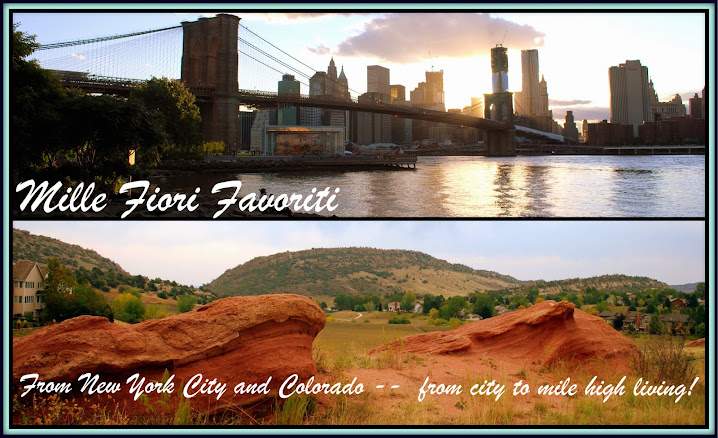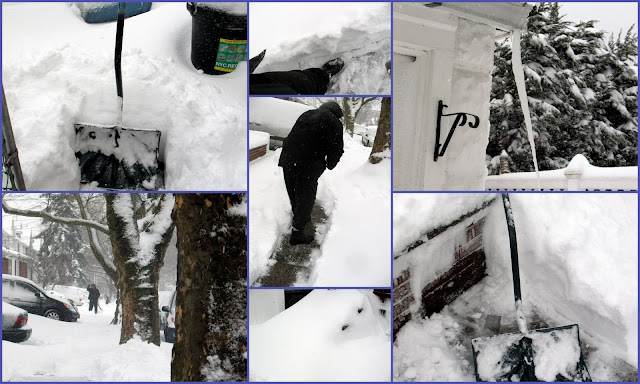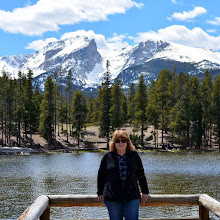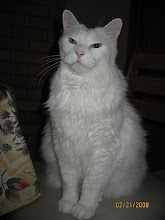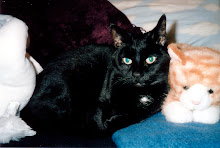
The first time I had rabbit ragu I was eighteen years old traveling through Italy on a bus tour sponsored by my high school. I had worked and saved for the opportunity to go on the "eleven cities in sixteen days" tour in my Senior year since I was a Freshman. It had been the dream of my young life to see Venice, and not only did I see that wondrous city but also Genoa, Stressa, Isola Bella, Milan, Verona, Padua, Florence and Rome, Pisa, Naples, Sorrento, Capri and the ruins of Pompeii. Most of our meals were eaten in hotels, breakfast consisted of a continental breakfast of coffee and roll. For lunch we were on our own, and since I did not have much extra money to spend during the trip I often satisfied myself with a gelato (Italian ice cream) or a bakery treat. Dinners in the hotel were served American style, and consisted of a potato, a meat and a vegetable. I was so disappointed that we were not being served authentic Italian foods, but the general feeling was that this was the best way to guarantee everyone would like what they were offered as nothing would be exotic or unusual. Finally, on a trip between Pisa and Sorrento the bus stopped at a local Trattoria for dinner, as we would be arriving in the city of Sorrento too late for hotel dinner service as we were making one stop in Naples on the way down. I was thrilled to be in a real Italian restaurant, and I was determined to order what I thought was the most ethnically Italian selection on the menu, which happened to be Ragu di coniglio served over pappardelle. It was so delicious I ate every bite, but I think if I knew then that it was rabbit cooked in sauce I would have been appalled.
Fast forward three years when I married a native Italian, who is still my husband thirty five years latter. Through his family I was introduced to a wide repertoire of authentic Calabrian recipes, which is the region he is from in Italy, but never a meal which included rabbit. It seems ragu di coniglio is eaten in the Campania region, where the Amalfi Coast is located, and where I had my special treat.
It wasn't until years later, when I fortunately had developed a more sophisticated palate, that I finally found rabbit for sale in an
Italian specialty market. It was exciting for me to finally be able to replicate my first taste of true Italian food, and since then I have served this sauce for special occasions.
Rabbit Ragu
- Ingredients:
- 1 rabbit (2 to 3 pounds ), cut into pieces
- salt and ground black pepper
- 1/2 cup olive oil
- 1 medium onion, diced
- 1 carrot, diced
- 1 stalk celery, diced
- Pinch of red-pepper flakes
- 1 or 2 cloves garlic, minced
- 1 teaspoon tomato paste
- 1 cup dry red wine
- 2 cups seeded, chopped San Marzano tomatoes
2 bay leaves
- 2 sprigs thyme
- 1 teaspoon finely chopped sage
- 1 teaspoon chopped rosemary
A package of fresh, bone in, cut rabbit as it is sold in the store.
In a dutch oven begin to saute the chopped celery, onion and carrot in the olive oil.
Salt and pepper the rabbit pieces well and lay over vegetables. Place lid on top and cook about 10 minutes, turning rabbit once, over medium high heat. Cook until the vegetables are soft and the rabbit is slightly browned on both sides. Remove rabbit to a platter and cover and set aside.
Reduce the heat to medium. Add the red-pepper flakes, garlic and tomato paste, stirring for another minute. Deglaze the pan with the wine, turn the heat to high and boil to burn off the alcohol, about 4 minutes. Add the tomatoes alog with their juices, bay leaves thyme, sage and rosemary.
Return the rabbit pieces to the pot, spacing them evenly so they are partly covered by the liquid. Bring to a boil and then reduce the heat and simmer, covered, until the rabbit is falling off the bone, about 2 hours. Turn the pieces at least once.
Bring a large pot of salted water to a boil. Cook the pappardelle until al dente. Before draining, save a cup of the pasta water. Instead of pappardelle I used a special imported pasta my husband enjoys, which is a two foot long type of ziti, and which is very often served at weddings in Southern Italy.
Turn off the heat on the sauce and discard the thyme sprig and bay leaves. Remove the rabbit from the sauce and let cool; then pull the meat from the bones. Shred some pieces and leave others large. Return the meat to the pan and simmer the sauce low heat, while the pasta is cooking, until the sauce is thickened, approximately 10 minutes. Taste and season sauce with more salt and pepper if needed.
The cooked rabbit pieces
Toss the pasta with the sauce, adding small amounts of pasta water, if necessary, if the sauce is too thick.
Divide pasta among bowls and top with grated Locatelli romano cheese. Serves 4 hearty and delicious portions!
Every time I eat this I am transported back to my teens savoring my first taste of what I thought was a sophisticated Italian dinner. Now I know that it was really a very rustic specialty dish of the region, but absolutely delicious non-the-less, as most Italian food is! I hope you will consider trying it if you can find rabbit in your local store or on the menu in your local trattoria!
Today is Michael Lee's first anniversary of her blog's "Foodie Friday" event! Congratulations ML! It has been wonderful to collect many fantastic recipes and ideas from Foodie Friday over the past year and I look forward to many more years of delicious fun! Please visit the
Designs By Gollum blog and see ML's contribution as well as links to all the participating blogs in Foodie Friday.

